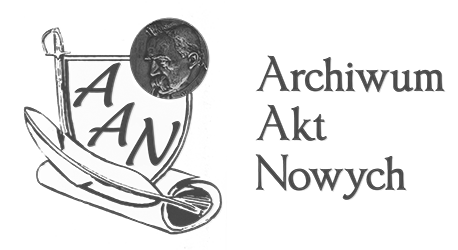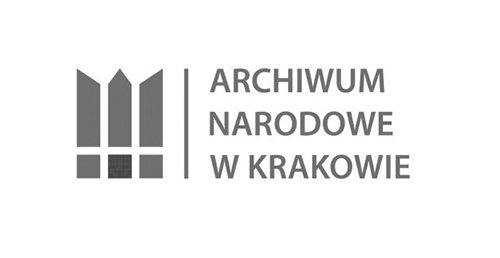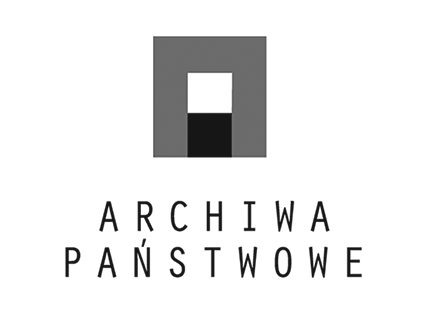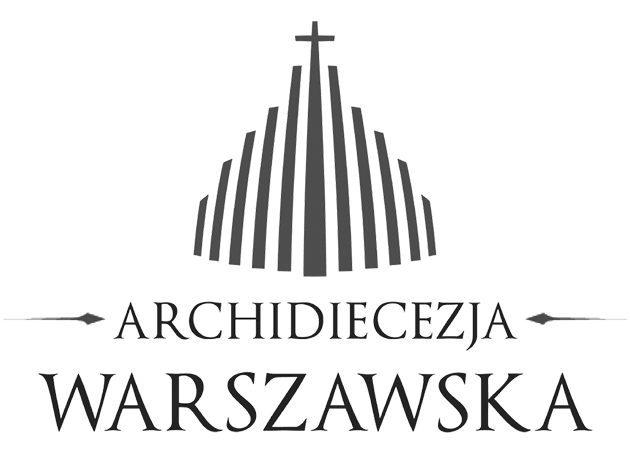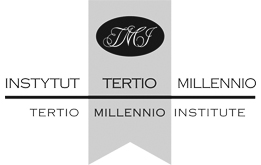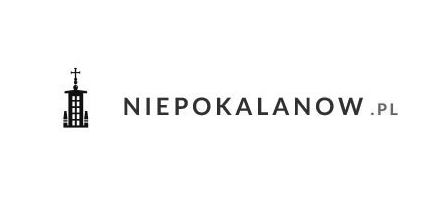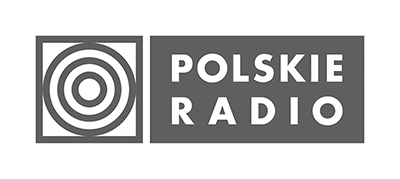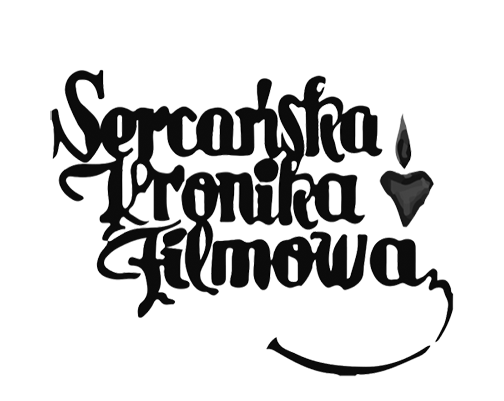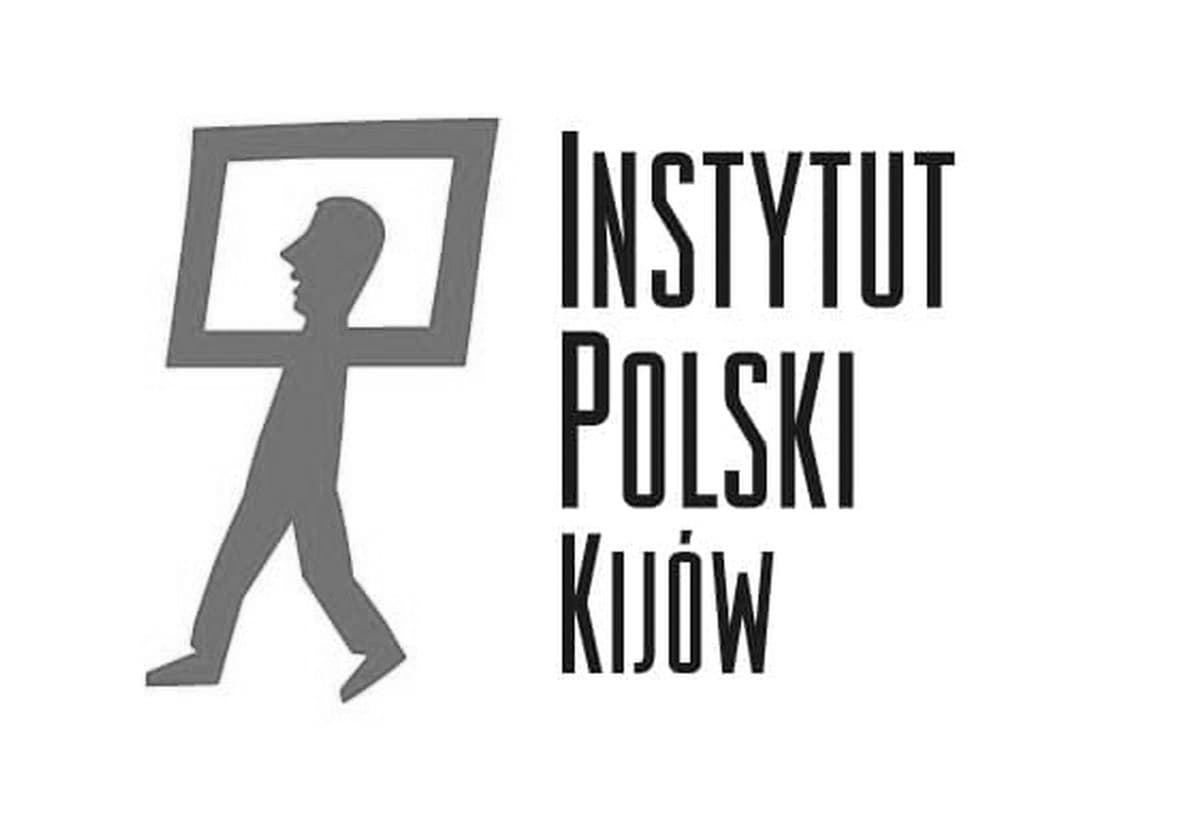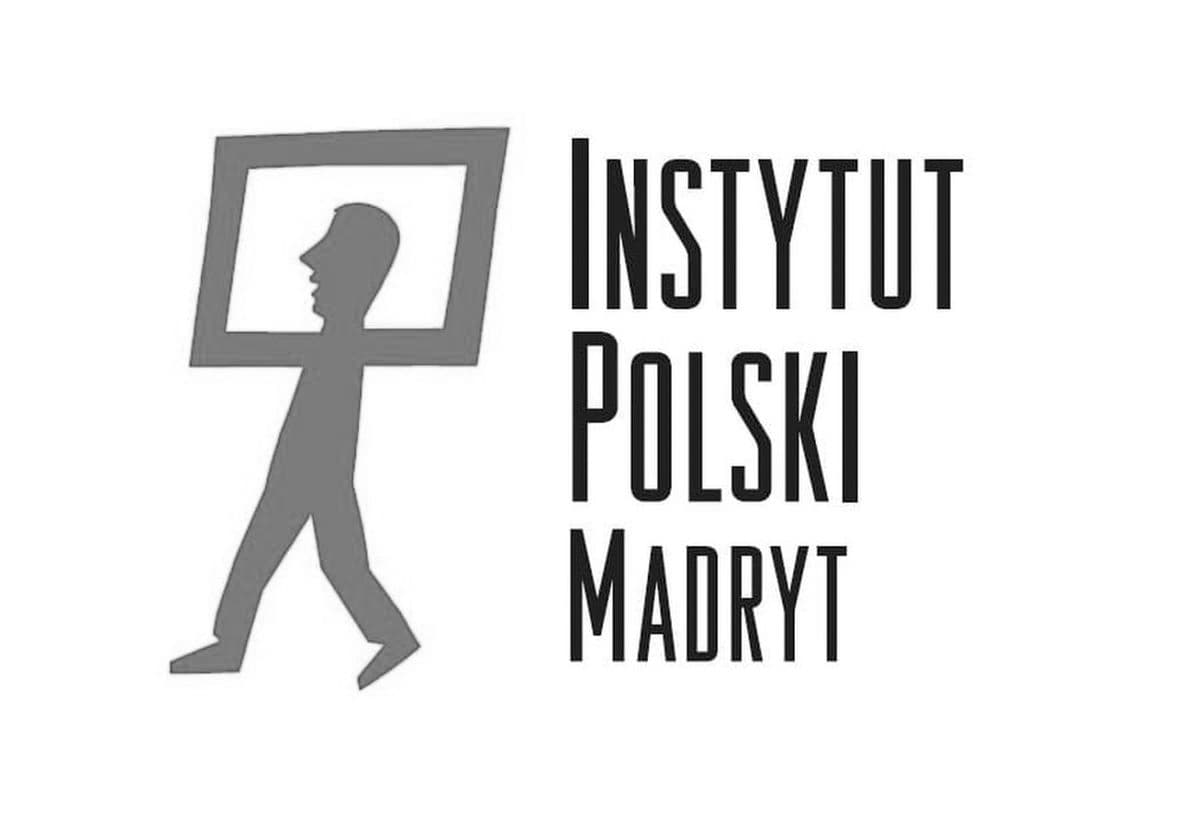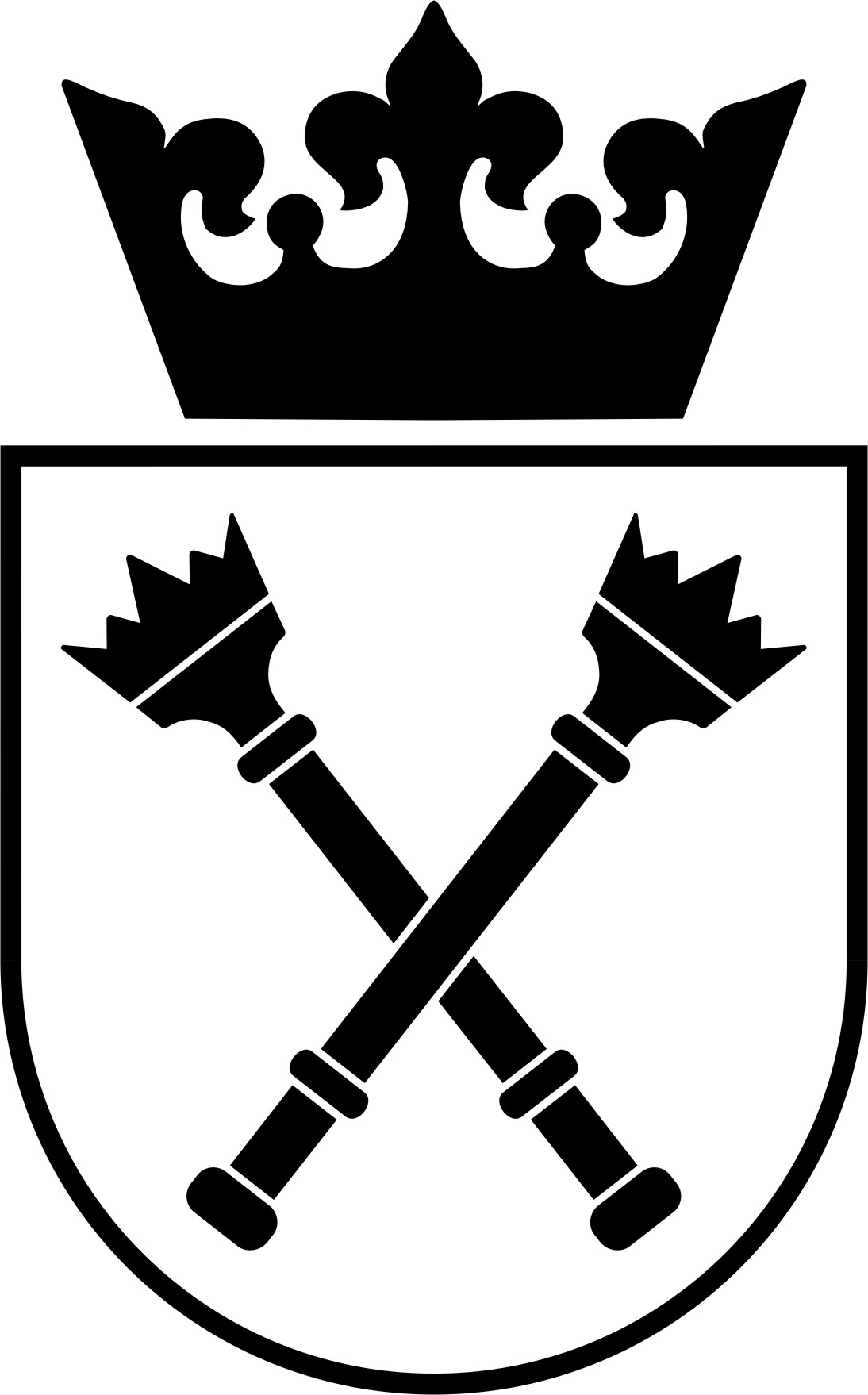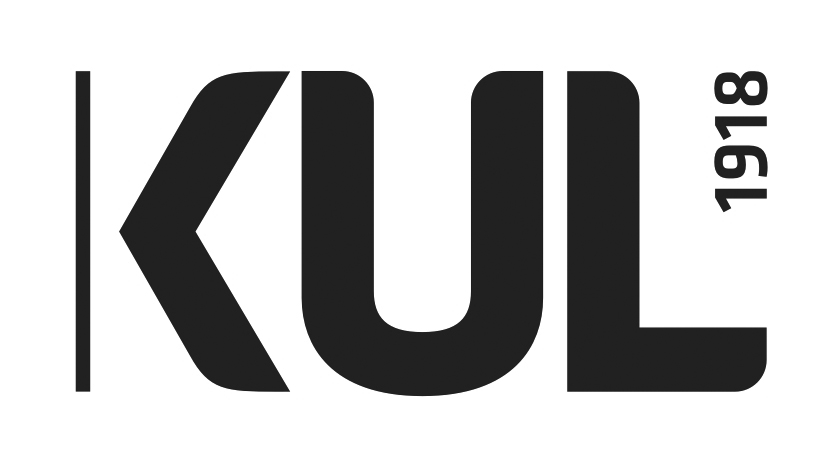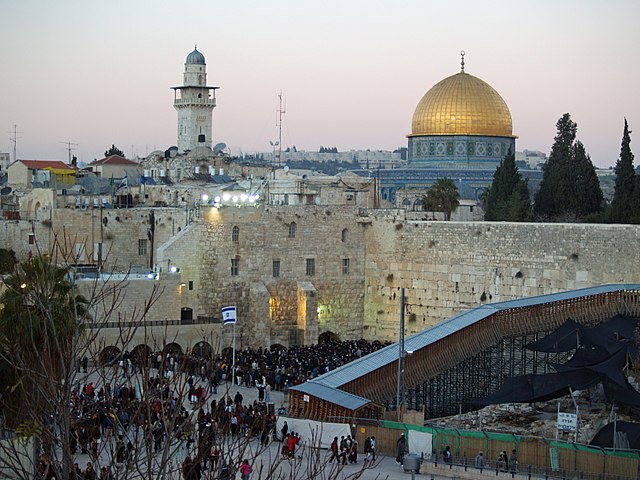Pilgrimage to the Holy Land - 20-26 March 2000
The Jubilee Pilgrimage to the Holy Land was an important highlight in the celebration of 2000 years of Christianity. The Pope visited the land where Jesus Christ walked, and at the same time, places important for three monotheistic religions and marked by political conflicts.
Photo. John Paul II at the Western Wall in Jerusalem
Drag timeline
20 March 2000
AMMAN (capital city of Jordan): Welcome at the airport by King Abdullah II bin Al-Hussein together with government officials, diplomatic corps and Church representatives MOUNT NEBO: Prayer in the Memorial Church of Moses, the planting and blessing of an olive tree MADABA Short stop in the Jordanian capital city of Christianity, famous for its magnificent mosaic from the 6th century, depicting the map of Jerusalem and the Holy Land AMMAN: Official meeting held with King Abdullah II and his wife, Queen Rania.
21 March 2000
AMMAN: Holy mass in the stadium, which was attended by
about 40000 people. During the Eucharist, 2000 children received their
First Holy Communion. • Meeting with Patriarch of Jerusalem, Michael
Sabbah and Catholic bishops of Jordan WADI AL-KHARRAR: The liturgy of
the Word at the place which the Christian tradition links with the
baptism of Jesus AMMAN: Farewell and departure to Israel TEL AVIV
(Israel): Arrival from Jordan. Welcome at Ben Gurion airport by
President Ezer Weizman and representatives of the church authorities
JERUSALEM: Stay at the Delegation at the foot of Mount of Olives.
22 March 2000
Stay
in the Palestinian territories AL-MAGHATA: Prayer at the place where
Jesus Christ was baptised (according to one of the traditions)
BETHLEHEM: Welcome by Yasir Arafat, leader of Palestinians – Holy Mass
in the Manger Square - Lunch at the pilgrim’s house - Private prayer at
the Grotto of the Nativity DHEISHEH: Visit at the Palestinian refugee
camp BETHLEHEM: Official meeting with Yasir Arafat • Return to Jerusalem.
23 March 2000
JERUSALEM: Holy Mass in the Upper Room (Cenacle) •
Meeting at the headquarters of the Grand Rabbinate with Chief Rabbi of
Israel Meir Lau and Rabbi Eliyahu Bakshi-Doron • Meeting at the
presidential palace with President Ezer Weizman, his family and the
diplomatic corps • Visit to the Yad Vashem Institute • Meeting at the
Notre Dame Pontifical Institute with leaders of Jewish, Muslim and
Christian religious communities.
24 March 2000
KORAZIM: Arrival
from Jerusalem MOUNT OF BEATITUDES Holy Mass with the participation of
100000 young people • Meeting with Israeli Prime Minister Ehud Barak •
Pilgrimage in the footsteps of Jesus on the shores of the Sea of Galilee
(Tabgha - Church of the Primacy of Saint Peter, Capernaum - "Saint
Peter’s House") • Return to Jerusalem.
25 March 2000
NAZARETH:
Holy Mass in the Basilica of the Annunciation JERUSALEM: Meeting with
the Consuls General residing in Jerusalem • Prayer in the Church and
Garden of Gethsemane • Ecumenical meeting at the residence of the Greek
Orthodox Patriarch of Jerusalem Diodoros I with representatives of the
Christian Churches present in the Holy Land.
26 March 2000
JERUSALEM:
Visit with the Grand Mufti of Jerusalem and the Holy Land, Sheikh Akram
Sabri • Meeting at the Western Wall with the Israeli Minister for
Diaspora Affairs, Rabbi Michael Melchior • Prayer at the Church of the
Holy Sepulchre and Holy Mass at the Chapel of the Appearance of the
Risen Jesus • Departure to Tel Aviv TEL AVIV: Official farewell and
departure to Rome.
Purpose
In the year 2000, as the Church entered the third millennium of Christianity, John Paul II decided to go to the biblical places, to the roots of faith. Journey to the sources of faith, promotion of inter-religious dialogue and peace - these are the three objectives of the visit to the Holy Land that the Pope talked about during the welcome ceremony at Tel Aviv airport.
"My visit is a personal pilgrimage and a spiritual journey of the Bishop of Rome to the sources of our faith in the »God of Abraham, Isaac and Jacob«" – emphasised John Paul II. The first part of the Jubilee Pilgrimage was a visit to Mount Sinai in Egypt at the end of February 2000. During the second stage the Pope visited places which are closely linked to the life, death and resurrection of Jesus Christ.
Furthermore, the purpose of the trip was to strengthen peace and inter-religious dialogue. As John Paul II said, the pilgrimage is the “tribute paid to three religious traditions, which co-exist in this country. (...)I pray that my visit will be a stimulus for progress in inter-religious dialogue, which will lead Jews, Christians and Muslims to seek in their convictions, but also in the universal brotherhood that unites all members of the human family, the motivation and strength to persevere in the work for peace and justice, which the peoples of the Holy Land have not yet experienced, but which they so ardently desire”.
"My visit is a personal pilgrimage and a spiritual journey of the Bishop of Rome to the sources of our faith in the »God of Abraham, Isaac and Jacob«" – emphasised John Paul II. The first part of the Jubilee Pilgrimage was a visit to Mount Sinai in Egypt at the end of February 2000. During the second stage the Pope visited places which are closely linked to the life, death and resurrection of Jesus Christ.
Furthermore, the purpose of the trip was to strengthen peace and inter-religious dialogue. As John Paul II said, the pilgrimage is the “tribute paid to three religious traditions, which co-exist in this country. (...)I pray that my visit will be a stimulus for progress in inter-religious dialogue, which will lead Jews, Christians and Muslims to seek in their convictions, but also in the universal brotherhood that unites all members of the human family, the motivation and strength to persevere in the work for peace and justice, which the peoples of the Holy Land have not yet experienced, but which they so ardently desire”.
Context
The pope travelled to the areas marked by a long-running political
conflict between Israel and Palestinians, resulting in numerous wars.
The State of Israel was established in 1948, whereas the Palestinian
Authority, comprising the West Bank and Gaza Strip, was established six
years before the Pope’s trip (transformed into the State of Palestine in
2013). Palestinians, most of whom are Muslims, consider themselves
indigenous to these lands.
John Paul II visited Jerusalem which is regarded as the holy city by the three great religions - Christianity, Judaism and Islam, and as a capital city by two peoples - the Israelis and the Palestinians.
This context made the trip to the Holy Land also a diplomatic challenge, as the Parties involved in the conflict could potentially take advantage of it for their own political ends.
John Paul II visited Jerusalem which is regarded as the holy city by the three great religions - Christianity, Judaism and Islam, and as a capital city by two peoples - the Israelis and the Palestinians.
This context made the trip to the Holy Land also a diplomatic challenge, as the Parties involved in the conflict could potentially take advantage of it for their own political ends.
The pilgrimage route
20-21 March, Jordan
After being welcomed at the airport, the Pope went to the sanctuary situated on Mount Nebo. This is the place, according to the tradition, from which Moses viewed the Promised Land after a forty-year trek through the desert.
The following day, in the capital city of Jordan, Amman, during the Holy Mass celebrated in the stadium, he gave the first Holy Communion to 2000 children. In addition to Catholics, the liturgy was also attended by groups which represent other Christian denominations and Muslims. That day the Pope also went to Wadi Al-Kharrar, the valley where St. John was to administer baptism in the waters of the Jordan River.
After being welcomed at the airport, the Pope went to the sanctuary situated on Mount Nebo. This is the place, according to the tradition, from which Moses viewed the Promised Land after a forty-year trek through the desert.
The following day, in the capital city of Jordan, Amman, during the Holy Mass celebrated in the stadium, he gave the first Holy Communion to 2000 children. In addition to Catholics, the liturgy was also attended by groups which represent other Christian denominations and Muslims. That day the Pope also went to Wadi Al-Kharrar, the valley where St. John was to administer baptism in the waters of the Jordan River.
In Jordan, John Paul II was received by the clergy as well as King Abdullah II bin Al-Hussein and his wife Queen Rania.
21-26 March - Israel and Palestinian Authority
Visiting
the Land of Jesus was the true highlight of the papal visit. After the
ceremony at Tel Aviv airport, John Paul II headed for the Palestinian
territories, more specifically, Bethlehem, where Jesus Christ was born.
On his way, he stopped at Al-Maghtas, which, according to one tradition,
is believed to be the site of the Saviour’s Baptism. In the square in
front of the Basilica of the Nativity in Bethlehem, he celebrated the
Holy Mass of the Nativity.
From Bethlehem, the Pope went to Dheisheh, the Palestinian refugee camp located nearby, which is one of the places intended for Palestinians forced to flee their homes as a consequence of the Israeli-Palestinian conflict. The Pope was accompanied by Palestinian Authority President Yasir Arafat, with whom, later on, he held an official meeting.
From 23 March, John Paul II remained in Israel, visiting other biblical sites. He arrived at the Cenacle in Jerusalem, where Christ had his Last Supper and instituted the sacraments of the Eucharist and priesthood. There, the Pope signed the Letter to Priests for Holy Thursday 2000. In the days that followed, the Pope travelled in the footsteps of Jesus, along the shores of the Sea of Galilee, visiting places where Jesus taught and performed the act of Fish and Loaves. He stopped at the church of St. Peter’s Primacy, which commemorates the fact of entrusting the task of leading the Church to St. Peter, and also at St. Peter’s House in Capernaum.
On 25 March, the Feast of the Annunciation of the Lord, John Paul II went to Nazareth - Mary's home town, where Jesus also spent many years of his life. This was where two events took place: the Annunciation to Mary that she would be the Mother of Jesus and the Incarnation of the Son of God. He then returned to Jerusalem. His further pilgrimage route led through the Garden of Gethsemane, where Jesus prayed before his passion and death. The culmination point of the visit was the trip to the places of death and resurrection of Jesus - the chapel of crucifixion and the Holy Sepulchre.
The Pope was received in Israel by the Latin Patriarch of Jerusalem Michel Sabbah and the state authorities led by Israeli President Ezer Weizman and Prime Minister Ehud Barak. John Paul II also met representatives of numerous Christian denominations present in the Holy Land.
The pilgrimage had a strong inter-religious and peaceful accent. The Pope spent several hours at the Yad Vashem Institute of Remembrance, a place that commemorates the extermination of 6000000 Jews murdered during World War II. At the headquarters of the Grand Rabbinate, he met the Chief Rabbis of Israel: Meir Lau, representing the Ashkenazi Jews (Western Rite), and Eliyahu Bakshi-Doron, representing the Sephardic Jews (Eastern Rite). Between the stones of the Western Wall, which is the fragment of the wall of the former Temple of Jerusalem, the Pope put a sheet of paper with a prayer, just like the Jews who say their prayers there. This was a propitiatory prayer, a request for the gift of new brotherhood with the Chosen People and for the forgiveness of faults of the Christians against the sons of Abraham. The Pope also paid a visit to the leader of Muslims - the Grand Mufti of Jerusalem and the Holy Land, Sheikh Akram Sabri.
The meeting of representatives of three monotheistic religions was held at the Pontifical Institute “Notre Dame”. Among those present were Chief Rabbi of Israel Meir Lau, a representative of the Grand Mufti of Jerusalem, Sheikh Taissir Al-Tamimi, Armenian Orthodox Patriarch of Jerusalem Torkom Manoogian, Latin Patriarch of Jerusalem Michel Sabbah, representatives of the Anglican and Protestant communities.
From Bethlehem, the Pope went to Dheisheh, the Palestinian refugee camp located nearby, which is one of the places intended for Palestinians forced to flee their homes as a consequence of the Israeli-Palestinian conflict. The Pope was accompanied by Palestinian Authority President Yasir Arafat, with whom, later on, he held an official meeting.
From 23 March, John Paul II remained in Israel, visiting other biblical sites. He arrived at the Cenacle in Jerusalem, where Christ had his Last Supper and instituted the sacraments of the Eucharist and priesthood. There, the Pope signed the Letter to Priests for Holy Thursday 2000. In the days that followed, the Pope travelled in the footsteps of Jesus, along the shores of the Sea of Galilee, visiting places where Jesus taught and performed the act of Fish and Loaves. He stopped at the church of St. Peter’s Primacy, which commemorates the fact of entrusting the task of leading the Church to St. Peter, and also at St. Peter’s House in Capernaum.
On 25 March, the Feast of the Annunciation of the Lord, John Paul II went to Nazareth - Mary's home town, where Jesus also spent many years of his life. This was where two events took place: the Annunciation to Mary that she would be the Mother of Jesus and the Incarnation of the Son of God. He then returned to Jerusalem. His further pilgrimage route led through the Garden of Gethsemane, where Jesus prayed before his passion and death. The culmination point of the visit was the trip to the places of death and resurrection of Jesus - the chapel of crucifixion and the Holy Sepulchre.
The Pope was received in Israel by the Latin Patriarch of Jerusalem Michel Sabbah and the state authorities led by Israeli President Ezer Weizman and Prime Minister Ehud Barak. John Paul II also met representatives of numerous Christian denominations present in the Holy Land.
The pilgrimage had a strong inter-religious and peaceful accent. The Pope spent several hours at the Yad Vashem Institute of Remembrance, a place that commemorates the extermination of 6000000 Jews murdered during World War II. At the headquarters of the Grand Rabbinate, he met the Chief Rabbis of Israel: Meir Lau, representing the Ashkenazi Jews (Western Rite), and Eliyahu Bakshi-Doron, representing the Sephardic Jews (Eastern Rite). Between the stones of the Western Wall, which is the fragment of the wall of the former Temple of Jerusalem, the Pope put a sheet of paper with a prayer, just like the Jews who say their prayers there. This was a propitiatory prayer, a request for the gift of new brotherhood with the Chosen People and for the forgiveness of faults of the Christians against the sons of Abraham. The Pope also paid a visit to the leader of Muslims - the Grand Mufti of Jerusalem and the Holy Land, Sheikh Akram Sabri.
The meeting of representatives of three monotheistic religions was held at the Pontifical Institute “Notre Dame”. Among those present were Chief Rabbi of Israel Meir Lau, a representative of the Grand Mufti of Jerusalem, Sheikh Taissir Al-Tamimi, Armenian Orthodox Patriarch of Jerusalem Torkom Manoogian, Latin Patriarch of Jerusalem Michel Sabbah, representatives of the Anglican and Protestant communities.
Impact of the pilgrimage
The Pope fulfilled his desire to visit biblical places, which he had
expressed since the very beginning of his pontificate. In the year 2000
in which he led the Church into the third millennium of Christianity, he
travelled to the land of Jesus Christ. He visited the places where the
Saviour was born, where he walked and taught, where he established the
primacy of Saint Peter, where he ate the Last Supper, and finally, the
places of Christ's death and resurrection.
As biblical scholar Rev. prof. Chrostowski noted the Pope paid attention to biblical geography, to setting the events described in the Holy Scriptures in specific places. Thanks to that, he also contributed to popularising the custom of going on pilgrimages to the Holy Land.
The papal visit was also an important step in building peace in these regions. ”The pope was building bridges over rivers of blood” – this is how the significance of that visit was summed up by Shevah Weiss, who received the Pope at the Yad Vashem Institute. John Paul II managed to overcome the political context, standing arm to arm with the suffering people, representing both sides of the conflict. He visited the camp of Palestinian refugees and kissed the Palestinian soil, and at the same time he honoured the memory of victims of holocaust and pointed out that after 2000 years of diaspora, the victims of persecution have the right to a secure state.
The Israeli-Palestinian conflict did not cease with the Pope’s visit. However, as father Maciej Zięba noted: ”Is it indeed not enough if only John Paul II managed to at least build a bridge over the rivers of blood flowing in the Middle East for centuries?”
During the meeting of the three monotheistic religions, John Paul II emphasised that religion is not an ideology, that “religion is the enemy of exclusion and discrimination, of hatred and rivalry, of violence and conflict. Religion is not and cannot be a justification for violence and conflict, especially when the religious identity coincides with cultural and ethnic identity. Religion and peace go hand in hand”. As father Zięba added: ”The moment when Muslims, Christians and Jews stood up and responded with a joint ovation to the Pope's words, and John Paul II’s face lit up with a smile, became part of the recent and shared history of the Middle East.”
As biblical scholar Rev. prof. Chrostowski noted the Pope paid attention to biblical geography, to setting the events described in the Holy Scriptures in specific places. Thanks to that, he also contributed to popularising the custom of going on pilgrimages to the Holy Land.
The papal visit was also an important step in building peace in these regions. ”The pope was building bridges over rivers of blood” – this is how the significance of that visit was summed up by Shevah Weiss, who received the Pope at the Yad Vashem Institute. John Paul II managed to overcome the political context, standing arm to arm with the suffering people, representing both sides of the conflict. He visited the camp of Palestinian refugees and kissed the Palestinian soil, and at the same time he honoured the memory of victims of holocaust and pointed out that after 2000 years of diaspora, the victims of persecution have the right to a secure state.
The Israeli-Palestinian conflict did not cease with the Pope’s visit. However, as father Maciej Zięba noted: ”Is it indeed not enough if only John Paul II managed to at least build a bridge over the rivers of blood flowing in the Middle East for centuries?”
During the meeting of the three monotheistic religions, John Paul II emphasised that religion is not an ideology, that “religion is the enemy of exclusion and discrimination, of hatred and rivalry, of violence and conflict. Religion is not and cannot be a justification for violence and conflict, especially when the religious identity coincides with cultural and ethnic identity. Religion and peace go hand in hand”. As father Zięba added: ”The moment when Muslims, Christians and Jews stood up and responded with a joint ovation to the Pope's words, and John Paul II’s face lit up with a smile, became part of the recent and shared history of the Middle East.”
Interesting facts
No vest
The papal visit was protected by 22 000 policemen and security agents. The Holy Father was advised to wear a specially designed bullet-proof vest. It was widely reported in the media that the Pope was not wearing such a vest, a Vatican spokesman said.
Most of the people living in the Holy Land awaited the visit of the Head of the Church with openness. However, there were also certain small groups which opposed the trip, e.g. an extremist Jewish group held a ceremony of casting a curse on the Holy Father, and this event was also shown in the media.
Quarrel at the inter-religious meeting
The inter-religious meeting at the Notre Dame Institute in Jerusalem was disrupted by a dispute between representatives of two peoples and religions. Rabbi Meir Lau thanked the Holy Father for the recognition of the Israeli state with Jerusalem as its eternal capital city (though the Pope did say anything like that). In response to this, the Palestinian Minister of Justice, Sheikh al-Tamimi called Jerusalem the “eternal capital city of Islam and the Arab world” and demanded the return of the seized cities and settlements. John Paul II also made a speech whose peaceful message was very well received. At the end of the assembly, the Holy Father planted an olive tree, a symbol of peace and reconciliation.
The papal visit was protected by 22 000 policemen and security agents. The Holy Father was advised to wear a specially designed bullet-proof vest. It was widely reported in the media that the Pope was not wearing such a vest, a Vatican spokesman said.
Most of the people living in the Holy Land awaited the visit of the Head of the Church with openness. However, there were also certain small groups which opposed the trip, e.g. an extremist Jewish group held a ceremony of casting a curse on the Holy Father, and this event was also shown in the media.
Quarrel at the inter-religious meeting
The inter-religious meeting at the Notre Dame Institute in Jerusalem was disrupted by a dispute between representatives of two peoples and religions. Rabbi Meir Lau thanked the Holy Father for the recognition of the Israeli state with Jerusalem as its eternal capital city (though the Pope did say anything like that). In response to this, the Palestinian Minister of Justice, Sheikh al-Tamimi called Jerusalem the “eternal capital city of Islam and the Arab world” and demanded the return of the seized cities and settlements. John Paul II also made a speech whose peaceful message was very well received. At the end of the assembly, the Holy Father planted an olive tree, a symbol of peace and reconciliation.
Selected quotations from the Pope’s speeches during the pilgrimage
"For all of us Jerusalem, as its name indicates, is the “City of Peace”. Perhaps no other place in the world communicates the sense of transcendence and divine election that we perceive in her stones and monuments, and in the witness of the three religions living side by side within her walls. Not everything has been or will be easy in this co-existence. But we must find in our respective religious traditions the wisdom and the superior motivation to ensure the triumph of mutual understanding and cordial respect".
Address of John Paul II, Interreligious meeting at the Notre Dame Pontifical Institute, Jerusalem, Thursday, 23 March 2000
"Here at the Holy Sepulchre and Golgotha, as we renew our profession of faith in the Risen Lord, can we doubt that in the power of the Spirit of Life we will be given the strength to overcome our divisions and to work together to build a future of reconciliation, unity and peace? Here, as in no other place on earth, we hear the Lord say once again to his disciples: “Do not fear; I have overcome the world!” (cf. Jn 16:33).
(...)
From this place, where the Resurrection was first made known to the women and then to the Apostles, I urge all the Church’s members to renew their obedience to the Lord’s command to take the Gospel to all the ends of the earth. At the dawn of a new Millennium, there is a great need to proclaim from the rooftops the Good News that “God so loved the world that he gave his only Son, that whoever believes in him should not perish, but have eternal life” (Jn 3:16). “Lord, you have the words of eternal life” (Jn 6:68). Today, as the unworthy Successor of Peter, I wish to repeat these words as we celebrate the Eucharistic Sacrifice in this, the most hallowed place on earth. With all of redeemed humanity, I make my own the words which Peter the Fisherman spoke to the Christ, the Son of the living God: “Lord, to whom shall we go? You have the words of eternal life”".
Christós anésti.
Jesus Christ is risen! He is truly risen! Amen.
(...)
From this place, where the Resurrection was first made known to the women and then to the Apostles, I urge all the Church’s members to renew their obedience to the Lord’s command to take the Gospel to all the ends of the earth. At the dawn of a new Millennium, there is a great need to proclaim from the rooftops the Good News that “God so loved the world that he gave his only Son, that whoever believes in him should not perish, but have eternal life” (Jn 3:16). “Lord, you have the words of eternal life” (Jn 6:68). Today, as the unworthy Successor of Peter, I wish to repeat these words as we celebrate the Eucharistic Sacrifice in this, the most hallowed place on earth. With all of redeemed humanity, I make my own the words which Peter the Fisherman spoke to the Christ, the Son of the living God: “Lord, to whom shall we go? You have the words of eternal life”".
Christós anésti.
Jesus Christ is risen! He is truly risen! Amen.
Homily of John Paul II, Mass in the Church of the Holy Sepulchre, Jerusalem, Sunday, 26 March 2000
Sources
Photos/documents
Audio Records
Video Records
Documents
Event Place
Choose location...
AMMAN - capital city of Jordan
MOUNT NEBO
BETHLEHEM - Palestinian territories
DHEISHE - Palestinian refugee camp
JERUSALEM
TEL AVIV (Israel)
KORAZIM
NAZARETH
Keywords
General:
Persons index:
Geographical index:
Date:
Connected materials:
Project implemented by: 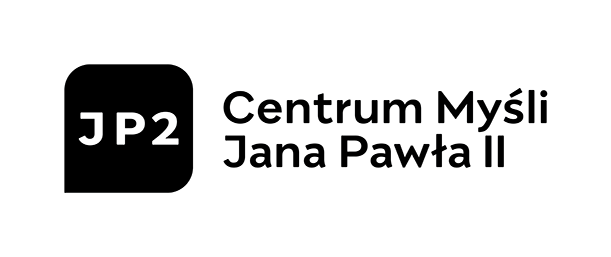

Project co-financed by: 

Patronage: 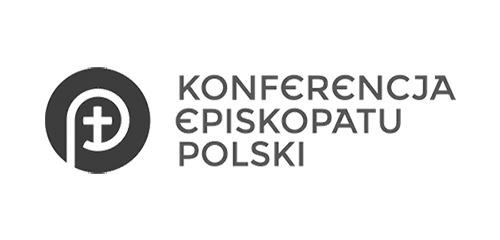

Partners: 